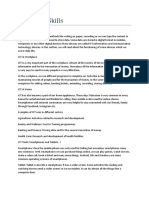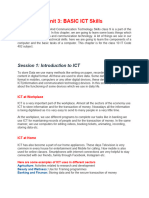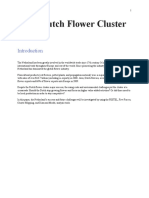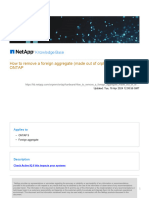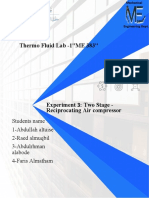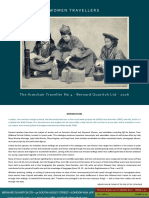0% found this document useful (0 votes)
9 views5 pagesChapter 3 ICT Skills Part A
The document outlines basic ICT skills, including the objectives, advantages, and disadvantages of Information and Communication Technology (ICT). It also discusses the features of mobile devices, the differentiation between smartphones and tablets, and the basic functions and components of a computer, including the CPU and motherboard. Additionally, it covers data measurement in computers and various types of ports used for connecting external devices.
Uploaded by
hitashishekharCopyright
© © All Rights Reserved
We take content rights seriously. If you suspect this is your content, claim it here.
Available Formats
Download as PDF, TXT or read online on Scribd
0% found this document useful (0 votes)
9 views5 pagesChapter 3 ICT Skills Part A
The document outlines basic ICT skills, including the objectives, advantages, and disadvantages of Information and Communication Technology (ICT). It also discusses the features of mobile devices, the differentiation between smartphones and tablets, and the basic functions and components of a computer, including the CPU and motherboard. Additionally, it covers data measurement in computers and various types of ports used for connecting external devices.
Uploaded by
hitashishekharCopyright
© © All Rights Reserved
We take content rights seriously. If you suspect this is your content, claim it here.
Available Formats
Download as PDF, TXT or read online on Scribd
/ 5





































